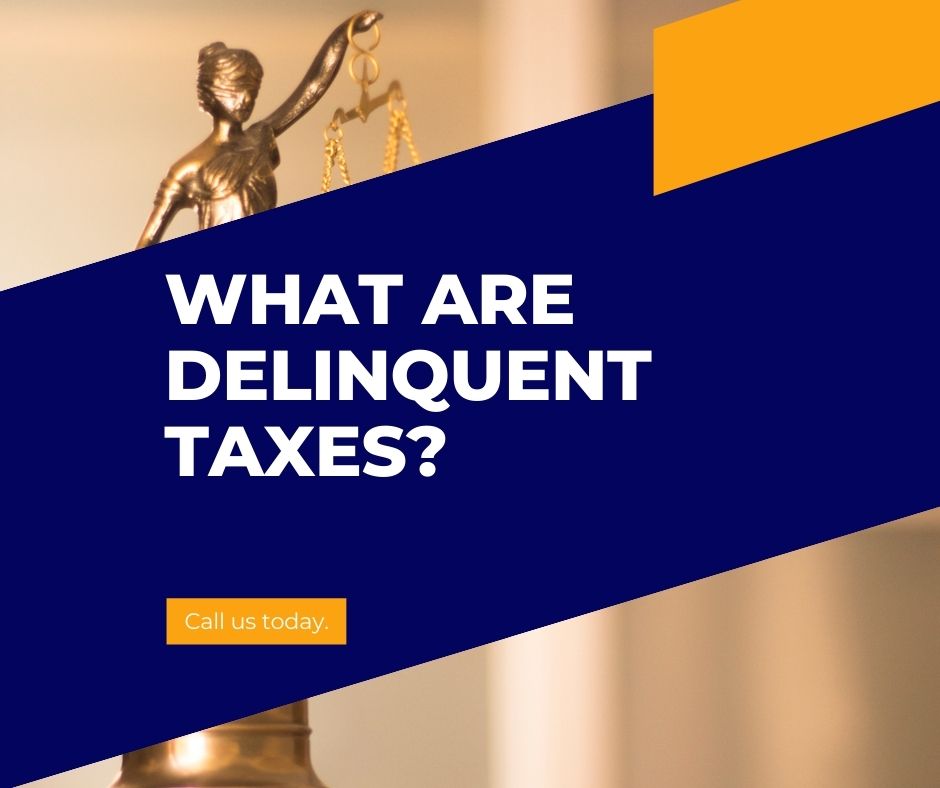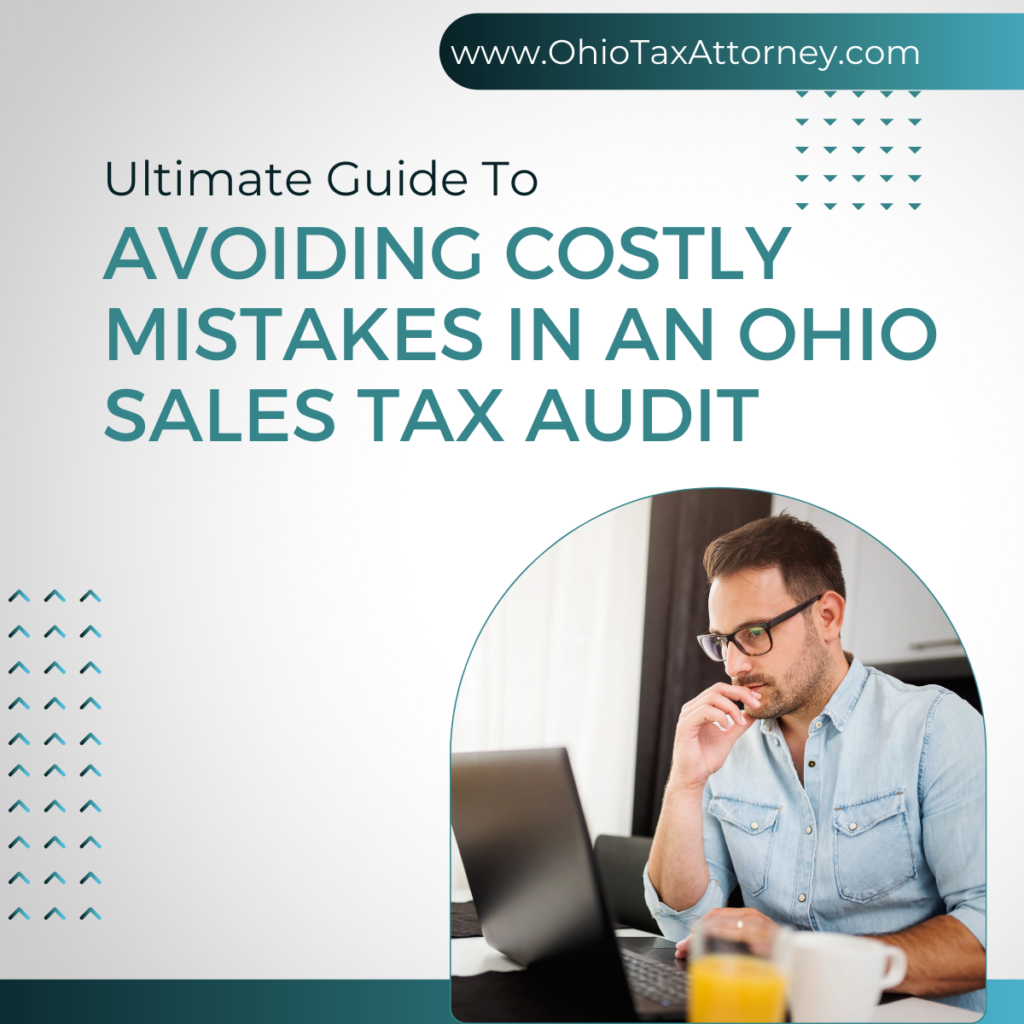What is Penalty Abatement?
Penalty abatement is the ending, reduction, or lessening of the penalties assessed against a taxpayer. Penalties become a part of the tax debt and often cause it to balloon out of control. Penalty abatement can make it easier for the taxpayer to resolve their back tax issue by lowering the total amount owed.
How does Penalty Abatement work?
Penalty Abatement comes by means of an administrative waiver provides relief from specific penalties under certain conditions. Not all fees are eligible for Penalty Abatement, but your Ohio IRS Tax Relief Attorneys know how to make sure that every possible penalty abatement option is thoroughly investigated.
First Time Abate
There are two categories of administrative waivers that may be issued for penalty abatement. The most common penalty abatement waiver is the “First Time Abate”. Just like the name sounds, this administrative waiver for penalty abatement is specifically for taxpayers who have a history of good compliance.
To qualify for “First Time Abate” penalty abatement, the taxpayer should have no penalties for the prior 3 tax years, or if there were penalties, they were not removed using the “First Time Abate”. The taxpayer should also be current and compliant
The following penalties may be eligible for penalty abatement with the “First Time Abate” administrative waiver:
- Failure to file penalties
- Failure to pay penalties
- Failure to deposit penalties
It is even possible for the taxpayer to receive penalty abatement relief from one or more of these penalties on a single tax return during a single tax period.
It’s also good to remember that First Time Abate penalty abatement relief is considered regardless of the penalty amount, so high-dollar penalties do not rule out penalty abatement as an option.
Reasonable Cause Penalty Abatement
The second category of administrative waivers for penalty abatement are called “Reasonable Cause” waivers. These administrative waivers are less common than the “First Time Abate”. According to the IRS, reasonable cause is determined on a case by case basis considering all the facts and circumstances of your situation.
Qualifying reasons for penalty abatement based on reasonable cause vary widely and will depend on the penalty owed and the relating laws around that tax, but be aware that reasonable cause penalty abatement does not apply to certain penalties such as the estimated tax penalty.
When it comes to failure to file or pay penalties, you may qualify for penalty abatement if you demonstrate that you exercised ordinary care and prudence and were nevertheless unable to file your return or pay your taxes on time. If you received an accuracy-related penalty, you may qualify for penalty relief if you acted with reasonable cause and good faith. If you can show reasonable cause for failing to file accurate, timely information returns or payee statements, the IRS may consider penalty relief if you prove that you acted in a responsible manner both before and after the failure and there were significant mitigating factors with respect to the failure or the failure happened due to events beyond your control and that there were significant mitigating factors with respect to the failure or the failure happened due to events beyond your control.
As you can see, we’ve got you covered if it has to do with IRS tax or Ohio tax. JMS Law is the premier Ohio tax law firm focused exclusively on IRS and Ohio tax. If you received a tax notice in the mail, call JMS law to discuss today. Call your Ohio tax lawyer at 330-331-7611 for a free case analysis today.











